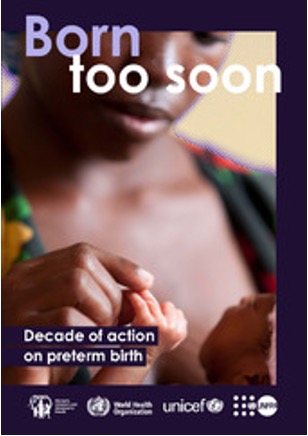
Every year, the world commemorates #WorldPrematurityDay on November 17th. This year, it is hard to celebrate: In the last decade, the world failed as preterm birth rates have not changed in any region. In the last year, 1 in 10 babies was born too soon. In the last week, the world watched premature babies die in their incubators as oxygen, electricity, and critical lifesaving care were disrupted in Gaza’s hospitals.
Nevertheless, hope is not lost but urgent and collective action is needed. TheBorn Too Soon Report: Decade of Action on Preterm Birthhighlighted new data, opportunities, gaps, and actions needed to address this universal, yet silent epidemic.

Led by WHO, UNICEF, UNFPA and PMNCH this report was developed with more than 70 organisations joining this global advocacy and was enriched by families courageously sharing their stories; the accompanying campaign and photo exhibition launched at IMNHC2023 engaged more than 3.4 billion around the world.
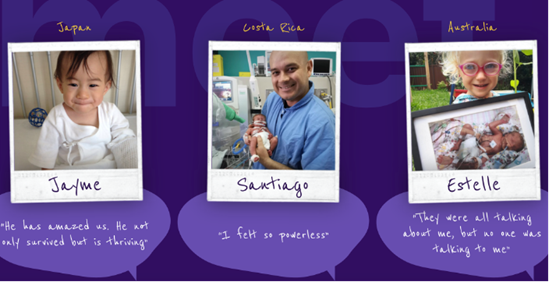
Traveling photo exhibition of family stories around the world– download here and use for an exhibit!
In this piece and linked Masterclass film, we outline top findings and critical next steps:
Progress is “flatlining,” hindering human potential and national progress. Rates of preterm birth have had no measurable change in 52 countries, risen in 13 - a handful of countries have seen minor reductions of 0.5% per year. These rates count only live births, yet our new data show that many stillbirths are also born too soon and too small.
In 2020, an estimated 13.4 million babies were born prematurely, with nearly 1 million dying from complications. Preterm birth remains the leading cause of under-five child mortality. Neonatal conditions, led by preterm birth, remain the largest single health burden worldwide across all ages and in all regions, with many painful stories often unheard. Yet most of these deaths and related disabilities are preventable, and often driven by inequalities.
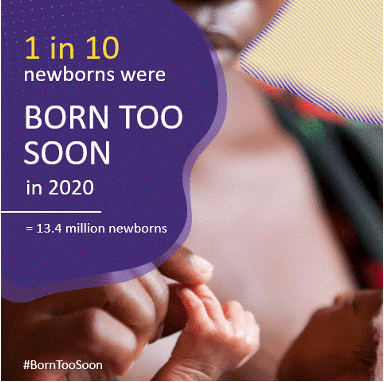
Survival gaps for babies born preterm affect families and especially women in all countries. Where you are born should not determine if you survive being born too soon yet 9 in 10 extremely preterm babies (<28 weeks) survive in high-income countries but less than 1 in 10 survive in low-income countries. Within high-income countries, there are also unacceptable gaps in outcomes by race and for the poorest or for first nation peoples.
Conflict, climate change, and the cost-of-living crisis disproportionately affect the most vulnerable. During conflict and humanitarian crises, pregnant women have a higher risk of preterm birth and face enormous challenges accessing care for themselves and their babies. Over 1 million preterm babies are born in the 10 most fragile countries. There is increasing evidence highlighting the effects of climate change on pregnant women, stillbirths, and preterm birth. Air pollution contributes to 6 million preterm births and almost 3 million low birthweight babies annually. The cost of care also prevents equitable access to high quality, respectful care resulting in bankruptcy for many. Women and small vulnerable newborns need to be at the heart of the response to these polycrises.
Today we are poised for progress to ensure that every baby born too soon can survive and thrive. We have all the ingredients to move the needle, improve health and human capital, and save millions of families from heartbreak.
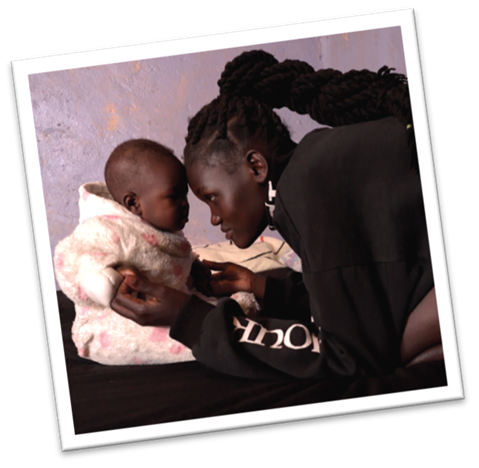
Since the first Born Too Soon report in 2012, new commitment and opportunities have arisen, including renewed targets for maternal and child survival by 2030 and the first global targets on newborn mortality (SDGs) and stillbirths (Global Strategy). 106 countries are now acting and tracking progress linked to Every Newborn and Ending Preventable Maternal Mortality movements. Increased mobilisation and demand for change has been key especially amongst parents and healthcare professionals.
WHO published new evidence and global guidelines on what can be done to prevent, and better care for preterm babies, especially in facilities where 80% of the world’s births now happen. Family-centred care is foundational for quality. Recent innovations such as Kangaroo Mother Care and innovative device bundles and systems change with NEST360 make small and sick newborn care more doable for every district hospital as part of primary health care.
Leadership in few countries demonstrates what can be achieved with commitment, investment, and focused implementation. Tanzania has estimated a return of $8-12 for every $1 invested, and her excellency the President Asia Hussain herself is leading the way, recently allocating more funding. Countries of all income levels which have invested in small and sick newborn care are seeing results with more rapid neonatal mortality reduction such as China, India, and Estonia, putting them on track for key SDGs by 2030.
What we learned is but there is no “silver bullet” - a systems approach is needed, including multi-sectoral action and both top-down and bottom-up approaches. Five intersectoral determinants must be urgently addressed to protect women and their vulnerable newborns namely: equity and rights; economic; environment, including nutrition and climate; education and humanitarian emergencies. We need leadership at the highest level, as well as empowered grassroots movements to:
increase investments;
accelerate implementation;
better integrate with other sectors; and
to fully leverage innovations.
As we mark World Prematurity Day 2023, let us commit to ACTION: Everyone has a role to play. Together, we can and must do more to prevent every preterm birth and provide every woman and family with quality and respectful care.
Our next generation depends on us. Join us to act now!
Authors
Professor Joy Lawn @joylawn
London School of Hygiene & Tropical Medicine and NEST360.
Lead co-editor on the 2012 and the 2023 Born too Soon reports.
Merette Khalil @merettekhalil
White Ribbon Alliance and YourEgyptianDoula
Author on chapters 1 and 6
With the Born Too Soon partners and PMNCH

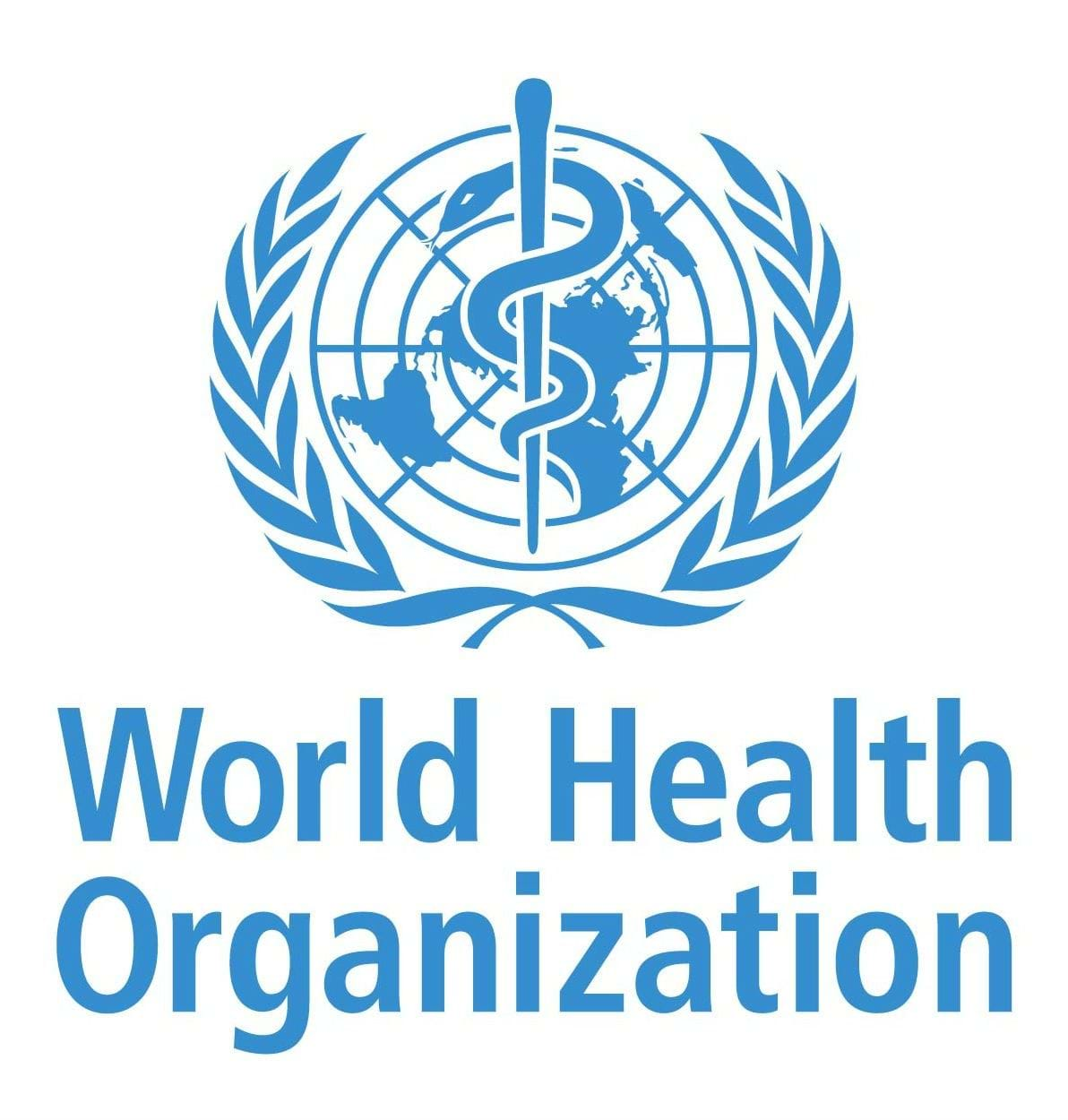.png?sfvrsn=6d0e27cd_1)



